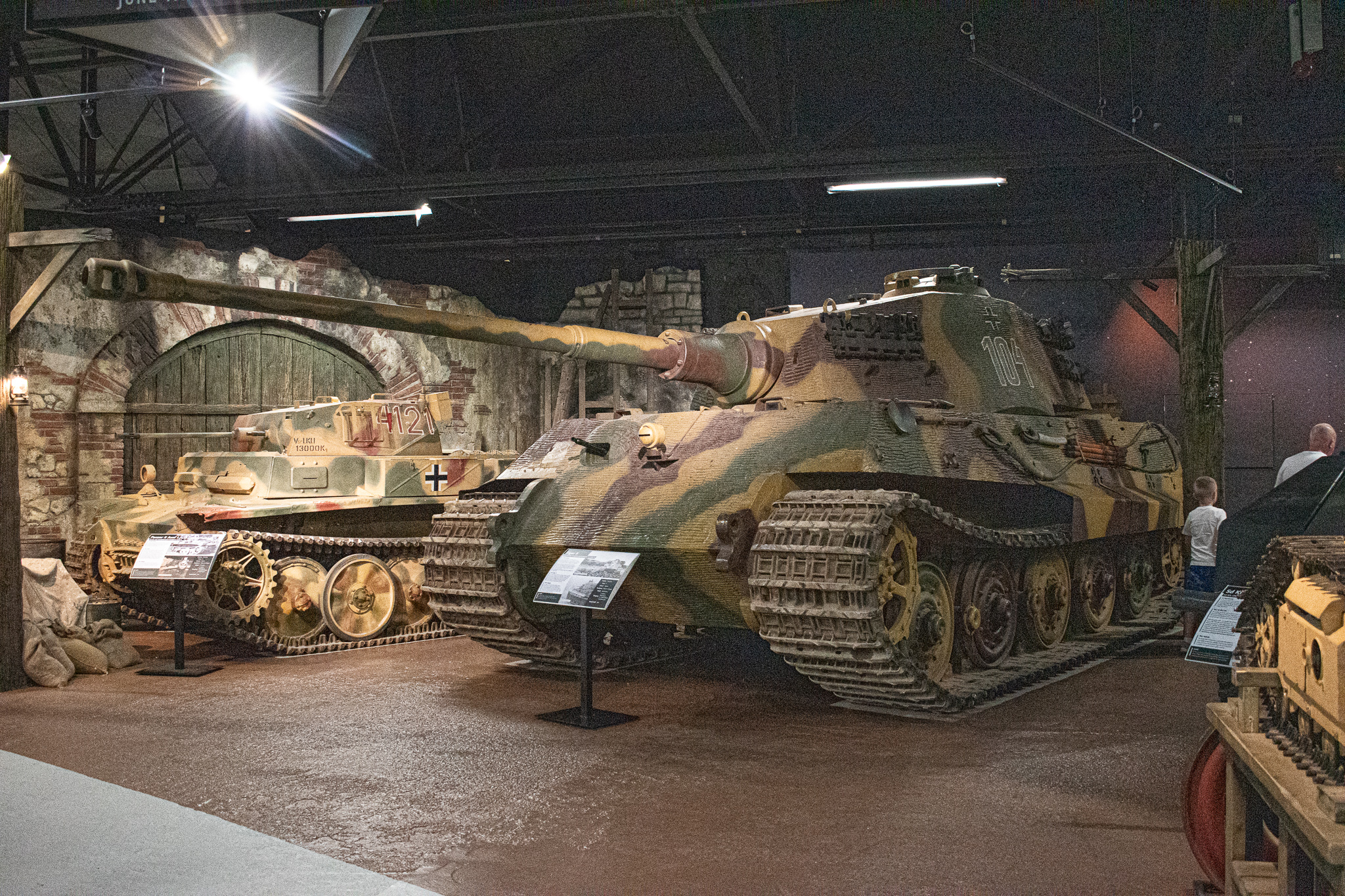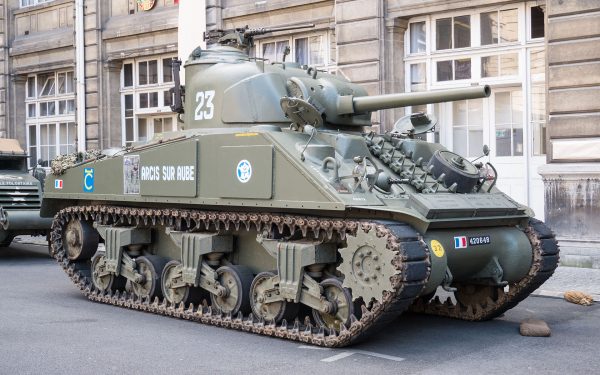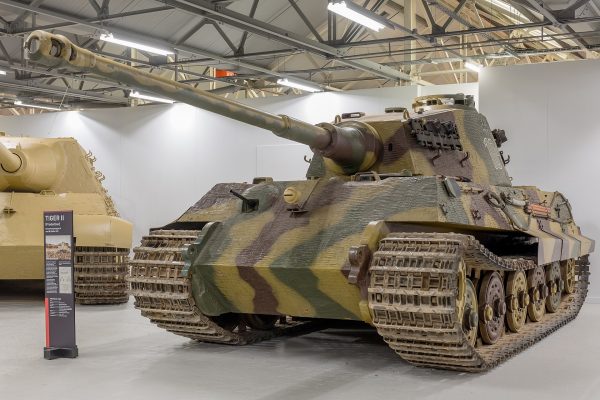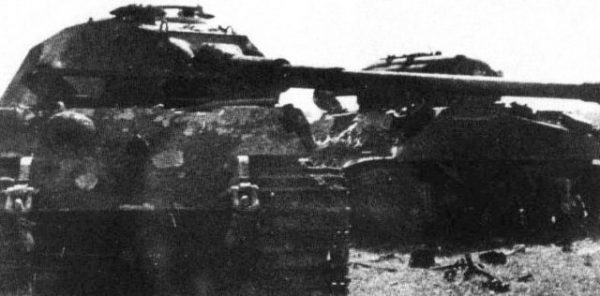Irish Tank Kamikaze Took on a King Tiger & Won

John Gorman joined up in 1942 and became a Lieutenant in the Irish Guards Armoured Division, 2nd Armoured Battalion. Following hot on the heels of the D-Day landings was the Battle of Caen and Gorman’s tank battalion was in it to win it.
Caen is a major North Normandy hub, linking Le Havre in the East and Cherbourg to the West. The German forces were well entrenched in the city, so the Allied plan was to encircle it, taking out the smaller garrisons and fortifications in the surrounding countryside.
Canadian forces launched Operation Atlantic targeted with capturing the terrain to the South of the Orne river while the British Operation Goodwood focussed on the Bourguébus Ridge. The desired outcome was the same, the complete elimination of the Nazi war machine.

There was a lot of uneasiness in the ranks given the technological and engineering prowess of the enemy. In many areas the fighting had become bogged down with the Germans providing stiff resistance, and there were rumours that the formidable Panzer Tank Divisions had something quite fearsome up their sleeves.
This was the Königstiger, the Tiger II or Royal Tiger, a tank armed with a massive 88mm 71 calibre gun and weighed in at more than 70 tons. It had armour plating more than 7 inches thick (180mm) and could travel at a speed of up to 26 kph. At the time it was the most powerful tank on any battlefield. This tank could comfortably stand up with anything the Allies produced during the war, and even vehicles produced after the war!
Lieutenant Gorman’s tank crew, like so many others, feared the day they would come up against such a beast. But it was not to be avoided. He remembers his Lance-Corporal James Baron asking what the protocol was should they meet a Tiger II.

‘Use naval tactics,’ was Gorman’s advice, ‘our Shermans are faster, so if we meet one, we ram it.’
It was not long before Gorman had to put his words into action. The Sherman Tank battalion was lined up to the East of Cagny, just below the Bourguébus Ridge. From the ridge came German fire, but the order was given by Gorman’s commanding officer, Lieutenant Anthony Dorman, and the 2nd Battalion moved in.
They went wide to open up the German line of fire and most were soon rapidly advancing on the ridge. Unfortunately, Gorman’s tank became wedged in the stream at the bottom of the slope and there was no moving it, despite two tanks from his battalion giving covering fire.
In the end it had to be abandoned and Gorman climbed aboard the ‘Ballyragget’ Sherman tank. Once across the stream they were on their own. Past the tree line they caught up with Dorman and his tank attacking German gun positions.
Gorman pressed on with another tank and arrived on the road to Emieville just over the Bourguébus Ridge. A moment later he spotted the enemy. Four German tanks just 900 feet away, an old Mk IV, a Panther, another, older Tiger tank and the fabled Tiger II from the 503rd Heavy Panzer Battalion. The first Königstiger seen on the Western Front.
‘Having a conference, they were,” said Gorman of the moment he saw the enemy tanks, ‘sitting in the middle of the field.’

The Tiger II swivelled its gun in their direction and Gorman gave the order to fire, but their gun was jammed and the 30 ton ‘Ballyragget’ slipped and rolled down the hill, finally slamming into the new Tiger II Kamikaze style.
All crew quickly exited both tanks, and ran for cover in nearby ditches. The last out of the Sherman was the assistant driver, who had trouble leaving the vehicle due to a blocked hatch. Once free, he followed his crew into the ditch. He quickly realised however, this was the crew of the Tiger II, and after a quick salute and smile, he re-joined his men.
In the confusion of the firefight that ensued Gorman and his tank crew were able to escape and make their way back to Cagny where they were able to commandeer another Sherman, this time a Firefly, who had just had a crewman decapitated, and the rest were in shock. Returning to the scene of the fight, the German tanks were still at the bottom of the hill with the Sherman tank still enmeshed with the Tiger II.
Another Article From Us: US Army Robots Able to Maneuver and Find Targets Using AI
Gorman and his crew took out the Tiger II and then retreated with the surviving crew men to fight another day. For his actions he received the Military Cross and was later awarded the Croix de Guerre by the French Government before returning to his native Ireland and pursuing a career in politics.
